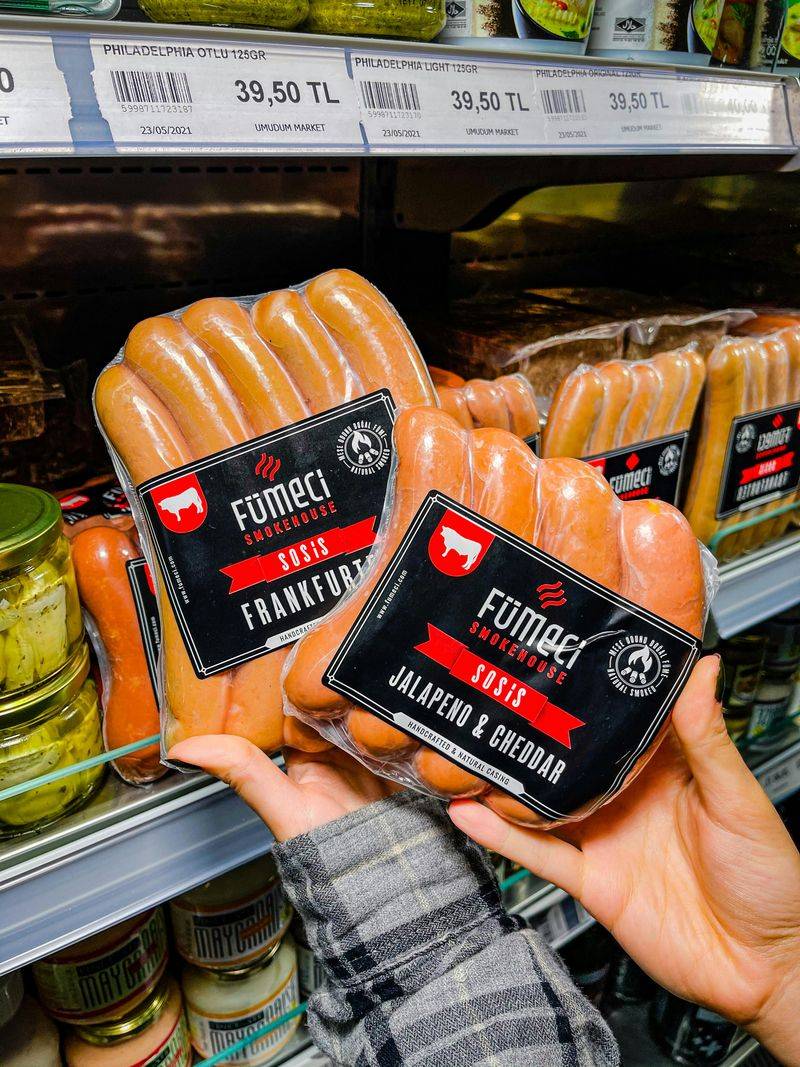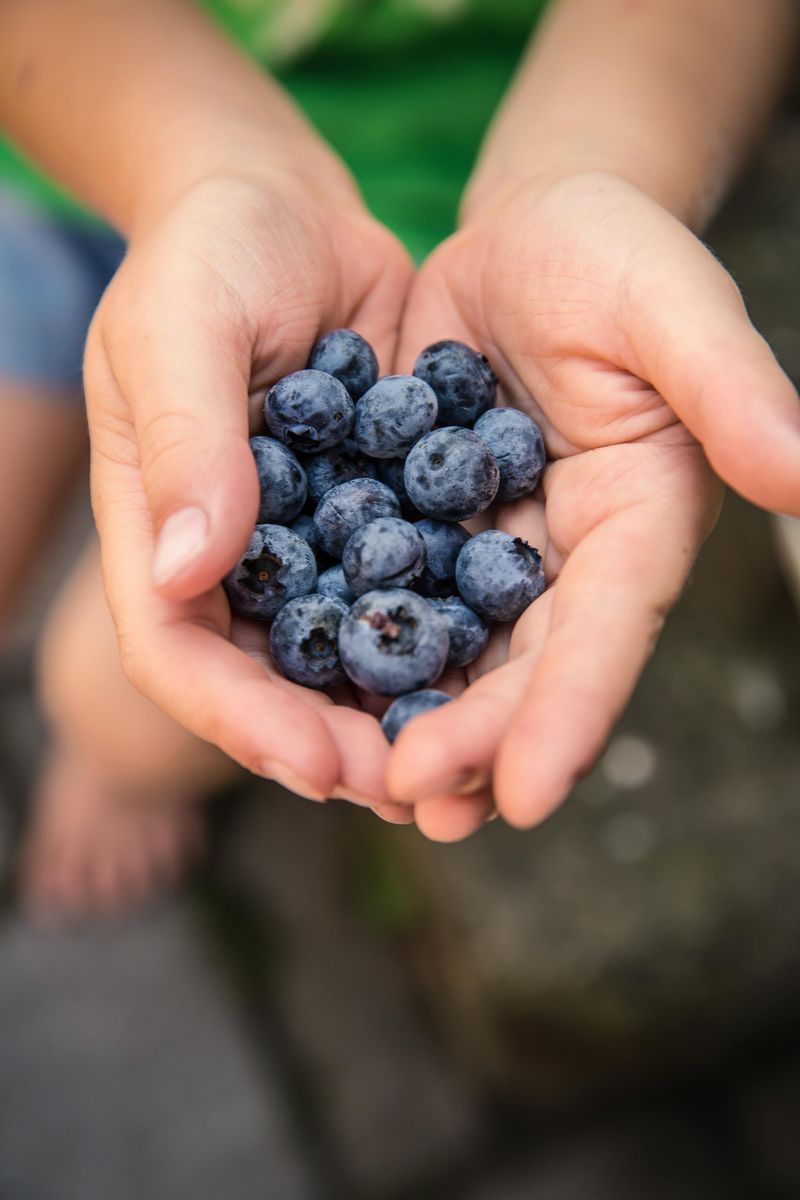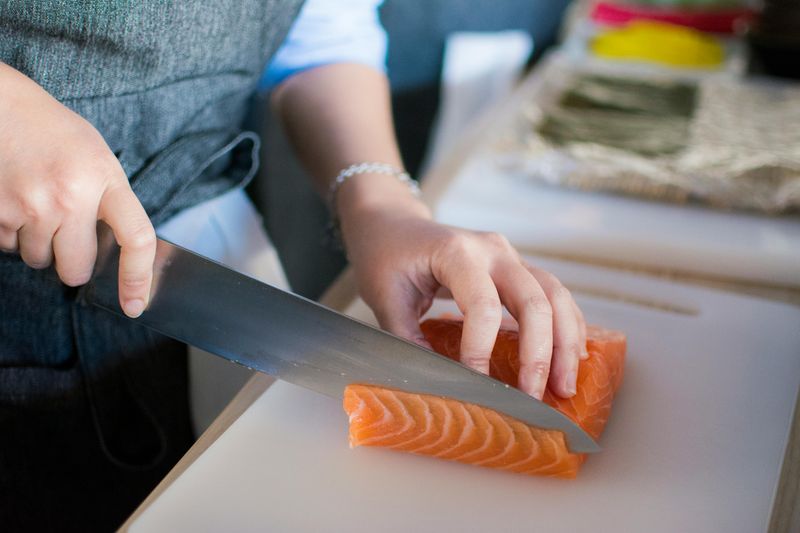6 Foods That Stress Out Your Skin & 5 That Help It Shine

Your skin reflects what you eat every single day. The foods on your plate can either boost your glow or trigger breakouts, redness, and early aging. Many people don’t realize that diet plays such a huge role in skin health. Let’s explore which foods are secretly damaging your skin and which ones will help give you that natural radiance you’re looking for.
1. Sugar

The sweet enemy of clear skin lurks in more places than you think. Sugar triggers a process called glycation, where sugar molecules attach to proteins like collagen and elastin, making them stiff and malformed. This leads to premature wrinkles, sagging, and dullness that no expensive cream can fix. Candies, sodas, and even hidden sugars in pasta sauce and bread all contribute to this damage. Cutting back even moderately can show visible improvements within weeks. Your skin cells regenerate constantly, so giving them a break from sugar allows healthier cells to reach the surface.
2. Dairy

Milk products carry natural hormones that can throw your own hormones off balance. These disruptions often show up as acne along the jawline and chin area, especially in women. The proteins in dairy (whey and casein) trigger inflammation and oil production in many people. Even if you’ve never been lactose intolerant, your skin might still react poorly to that daily latte or cheese sandwich. Try a two-week dairy break and take photos to compare your skin before and after. Many people see dramatic clearing simply by switching to plant-based alternatives like almond or oat milk.
3. Fried Foods

French fries and mozzarella sticks might taste amazing, but the cooking process creates compounds that wreak havoc on your complexion. When foods are fried in oil at high temperatures, they produce advanced glycation end products (AGEs) that damage collagen. The oils themselves become oxidized, triggering inflammation throughout your body that shows up as redness and swelling in your skin. Regular consumption can also enlarge pores and increase oil production. Your weekend fried food indulgence might explain why you wake up Monday morning with unexpected breakouts. Air-fried alternatives can satisfy cravings while being much kinder to your skin.
4. White Bread

That innocent-looking sandwich might be causing more skin troubles than you realize. White bread, along with other refined carbohydrates, spikes blood sugar rapidly, triggering an insulin response that increases oil production and inflammation. The flour in white bread has been stripped of its fiber and nutrients, leaving behind a product that converts to sugar almost immediately in your bloodstream. This process activates acne-causing hormones and creates the perfect environment for breakouts. Switching to whole grain alternatives provides fiber that slows down sugar absorption, giving your skin a much-needed break from the constant hormonal roller coaster caused by refined carbs.
5. Processed Meats

Bacon, hot dogs, and deli meats contain preservatives that trigger inflammation throughout your body. The high sodium content leads to water retention, making your face look puffy and bloated, especially around the eyes. The preservatives (nitrates and sulfites) used to keep these meats looking fresh can trigger allergic-type reactions in sensitive individuals, causing redness and irritation. Additionally, the high cooking temperatures used for many processed meats create compounds that damage collagen. Regular consumption ages your skin faster than natural, unprocessed protein sources. Try replacing processed meats with freshly cooked chicken, turkey, or plant-based proteins for a week to see the difference.
6. Artificial Sweeteners

Zero calories doesn’t mean zero consequences for your skin. Many people switch to diet sodas and artificially sweetened foods thinking they’re making a healthy choice, but these chemicals can trigger inflammatory responses similar to regular sugar. Artificial sweeteners alter gut bacteria balance, which directly impacts skin health through what scientists call the gut-skin axis. This disruption often manifests as unexplained rashes, redness, or breakouts that seem to come from nowhere. The chemicals in these sweeteners can also trigger allergic-type reactions in sensitive individuals. Natural alternatives like small amounts of honey or maple syrup typically cause fewer skin issues than their artificial counterparts.
1. Avocados

Nature’s moisturizer comes in a green, creamy package. Avocados deliver healthy fats that strengthen your skin’s moisture barrier from the inside out, helping cells retain water for that plump, youthful appearance. The vitamin E content acts as an antioxidant, protecting skin cells from damage caused by environmental factors like pollution and UV rays. Avocados also contain compounds that may boost collagen production, the protein responsible for skin’s elasticity and firmness. Adding just half an avocado daily to your meals can improve skin texture within weeks. The monounsaturated fats help reduce redness and irritation, making this fruit especially beneficial for those with sensitive or reactive skin.
2. Berries

Tiny powerhouses of skin protection sit right in your produce section. Berries contain some of the highest antioxidant levels of any food, neutralizing the free radicals that cause premature aging and collagen breakdown. The vitamin C in strawberries, blueberries, and blackberries is essential for collagen production, helping maintain skin’s structure and strength. Their natural acids gently exfoliate from the inside, promoting cell turnover for fresher-looking skin. Dark berries like blackberries and blueberries contain compounds that strengthen blood vessels, reducing the appearance of spider veins and improving circulation to skin cells. Adding a handful to your breakfast or snacks provides visible benefits within a month.
3. Fatty Fish

Salmon, mackerel, and sardines deliver omega-3 fatty acids that calm irritated skin from the inside out. These essential fats reduce inflammation throughout the body, helping to control conditions like acne, psoriasis, and eczema that have inflammatory roots. The protein in fish provides building blocks for strong skin cell structures. Meanwhile, the zinc content regulates oil production and supports wound healing, helping blemishes resolve more quickly. Fish-derived omega-3s are particularly effective at maintaining cell membrane health, creating stronger barriers against environmental damage. Eating fatty fish twice weekly often provides enough improvement that people can reduce their dependency on topical skin treatments.
4. Sweet Potatoes

Orange-hued skin saviors pack a powerful nutritional punch. Sweet potatoes are loaded with beta-carotene, which your body converts to vitamin A – a critical nutrient for cell repair and regeneration. Regular consumption helps protect against sun damage from the inside, complementing (but not replacing) your sunscreen. The antioxidants in sweet potatoes fight free radical damage while supporting a healthy skin barrier function. Their complex carbohydrates provide steady energy without the insulin spikes that trigger breakouts. Baking, steaming, or air-frying sweet potatoes preserves more nutrients than boiling them. Just one medium sweet potato several times weekly can contribute to a more resilient, glowing complexion.
5. Green Tea

Sipping your way to better skin has never been easier. Green tea contains catechins, powerful antioxidants that reduce inflammation and protect skin cells from damage. The polyphenols in green tea help regulate sebum production, making it particularly helpful for oily and acne-prone skin types. Studies show that both drinking green tea and applying it topically can reduce redness and improve skin’s overall texture. The mild caffeine content improves circulation, bringing more nutrients to skin cells and creating a natural, healthy flush. Replacing one coffee daily with green tea often leads to noticeable improvements within weeks, especially for those struggling with reactive or sensitive skin conditions.

Comments
Loading…